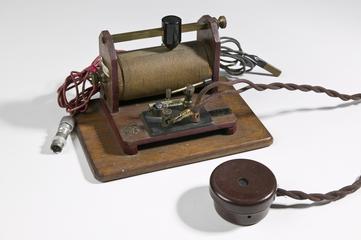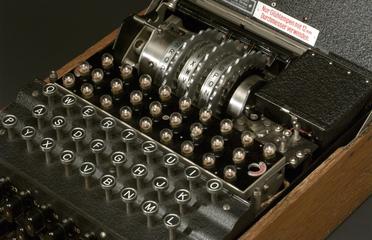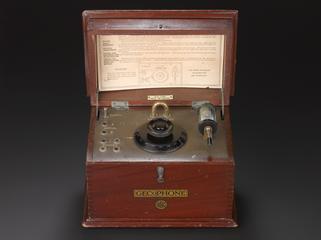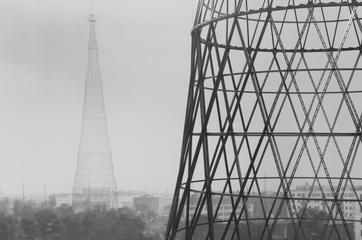
Quartz delay-line for static-target elimination in radar

Quartz delay-line for static-target elimination in radar
Quartz such as this was provided in radar systems designed in the 1950s and 1960s for eliminating static targets from the display.
The quartz line delayed the radar signal by a time equal to the interval between successive pulses from the transmitter so that successive echoes from a static object were available simultaneously and could be cancelled by subtraction; if the range of the target channels changed between successive pulses, cancellation no longer occurred.
The overall system worked as follows: the radar signal (on a radio-frequency carrier) was fed into an input transducer attached to one face of a polygonal block of quartz and was converted to an ultrasonic acoustic wave. This travelled slower than a radio wave, enabling a relatively long delay to be achieved over a short path. The wave travelled through the quartz as a well-defined beam, which was reflected at the various faces and finally impinged on a second transducer. This converted it back to an electrical signal.
This quartz line has 26 faces and gave a delay of 3344 microseconds, equivalent to a radar range of 270 nautical miles. It operated at a frequency of 20MHz and had a bandwidth of about 5MHz.
Details
- Category:
- Radio Communication
- Object Number:
- 1986-746
- type:
- radar equipment
- credit:
- Plessey Telecom. & Office Systems Ltd.




